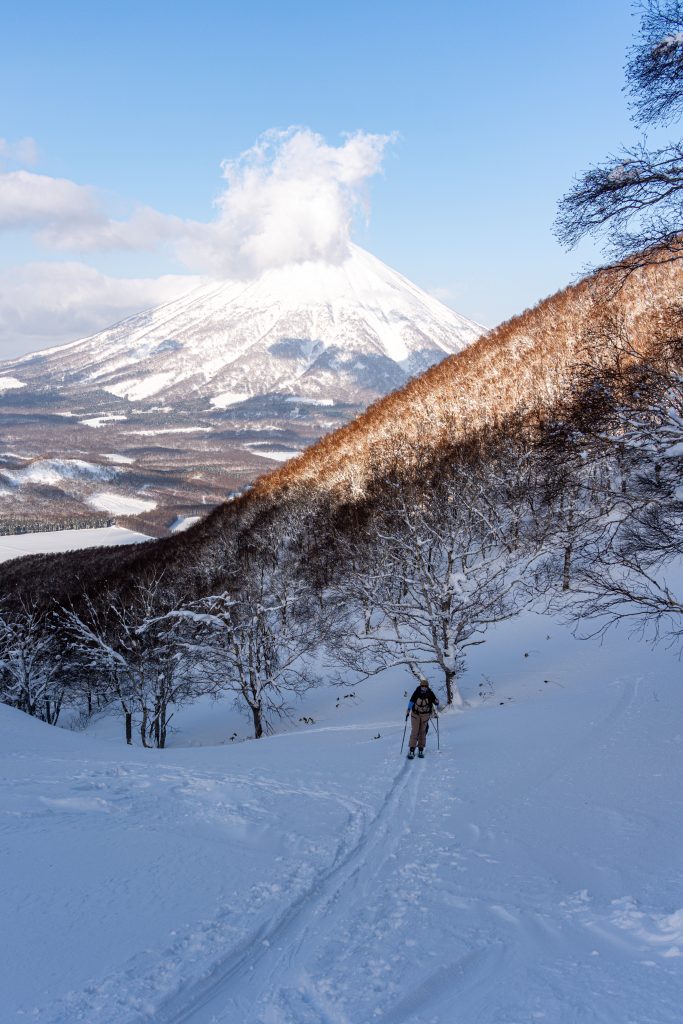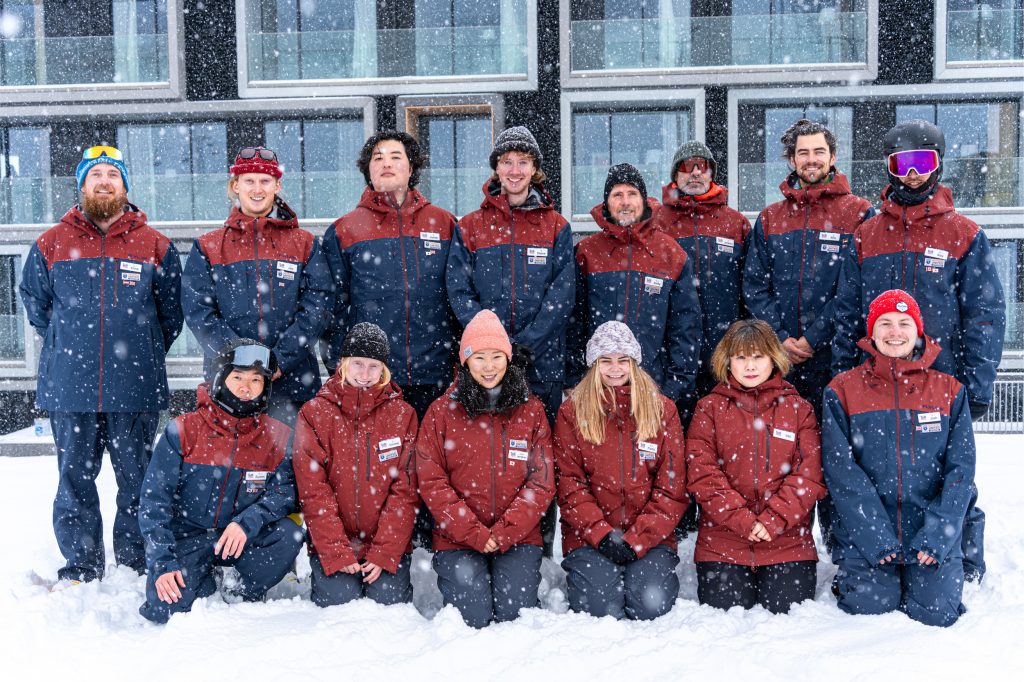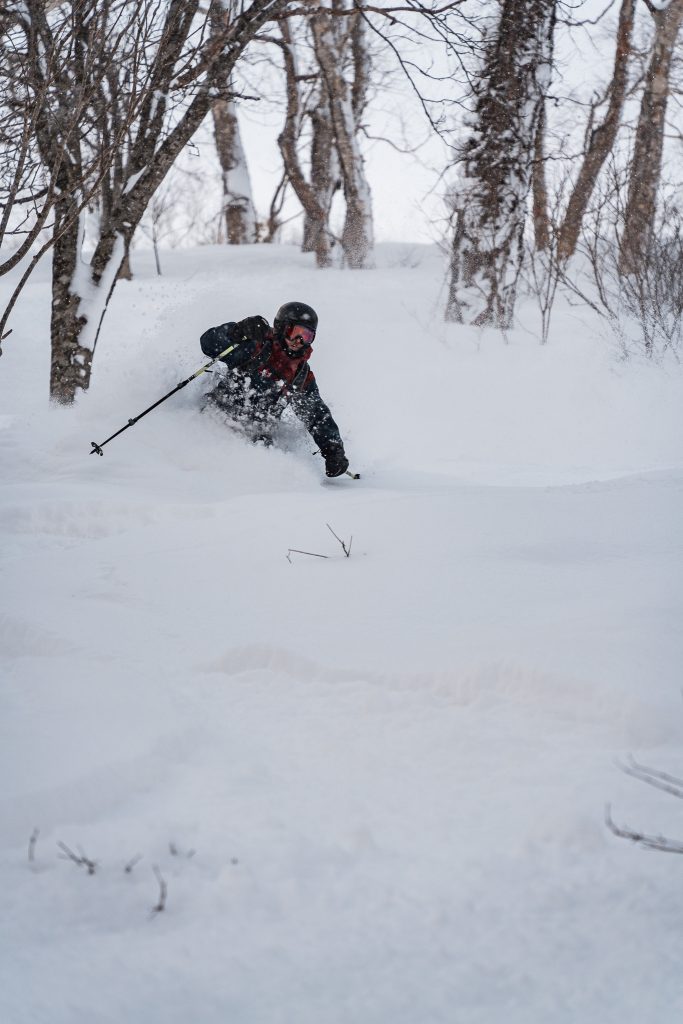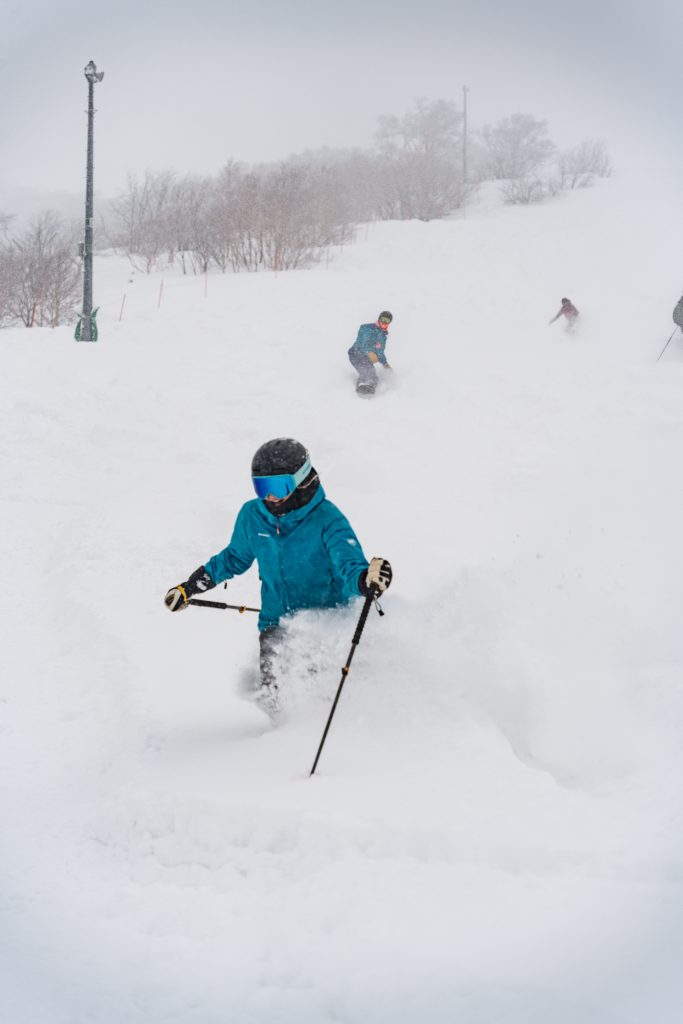As the winter blankets the slopes of Niseko in a pristine layer of snow, it’s crucial to prioritize safety, particularly when it comes to avalanche awareness. In this blog, we’ll delve into essential avalanche safety tips tailored to the unique terrain and conditions of Niseko, empowering you to enjoy your winter adventures responsibly!

- Do you understand Niseko’s avalanche terrain?
Terrain Awareness: Niseko’s backcountry terrain varies from gentle inbound slopes to steep alpine bowls (like “back bowl” or gate 11) , which offers a wide range of options for exploration. However, it’s essential to recognize potential avalanche terrain features, such as convex rolls, wind-loaded slopes, and steep gullies. Some areas of Niseko are permanently off limits during the ski season for exactly these reasons.
Route Selection: Choose your routes wisely, opting for low-angle slopes and avoiding steep, avalanche-prone terrain when avalanche danger is high. Plan escape routes in advance and be prepared to adjust your plans based on changing conditions.
Localized Conditions: Niseko’s microclimates and snowpack characteristics can vary significantly from one area to another. Stay informed about local snow conditions and avalanche forecasts specific to Niseko to make informed decisions about where and when to venture into the backcountry. Check out – http://niseko.nadare.info/ for the latest avalanche report in the Niseko area.
Local Knowledge: Tap into the expertise of local guides and avalanche professionals who are familiar with Niseko’s terrain and snow conditions. Their insights can provide valuable guidance for safe backcountry travel. Here at True Niseko we offer both lift accessible and touring backcountry guiding – https://trueniseko.com/mountain-guiding/

2. Do you have the right gear?
Avalanche Safety Gear: Before heading into Niseko’s backcountry, ensure you have essential avalanche safety gear, including an avalanche transceiver, probe, and shovel. Practice using your equipment regularly to maintain proficiency.
Beacon Checks: Although bringing the gear is important, actually checking that it works is crucial too!! Conduct thorough beacon checks with your group before entering avalanche terrain, ensuring everyone’s transceiver is functioning correctly.
Consider an Airbag Backpack: Given the potential consequences of an avalanche in Niseko’s terrain, investing in an avalanche airbag backpack can provide an added layer of safety by increasing your chances of staying on the surface of the debris in the event of an avalanche.

3. Do you know what to do in an emergency?
Travel in Groups: Never venture into Niseko’s backcountry alone. Travel with at least one partner, ideally with backcountry experience, and maintain visual and auditory contact at all times.
Companion Rescue Drills: Practice companion rescue drills regularly to hone your skills in locating and digging out buried victims, knowing what to do in a situation where every second matters is vital to the survival rate of your group.

4. Are you willing to turn back?
Respect Nature’s Signals: Pay attention to signs of unstable snow, such as recent avalanches, shooting cracks, or audible collapses. Trust your instincts and be willing to modify your plans or turn back if conditions warrant caution.
Prioritize Safety: While the allure of Niseko’s powder may be tempting, remember that safety should always come first. Enjoy the adventure responsibly, knowing that preparedness and caution are essential for a memorable and incident-free experience.
